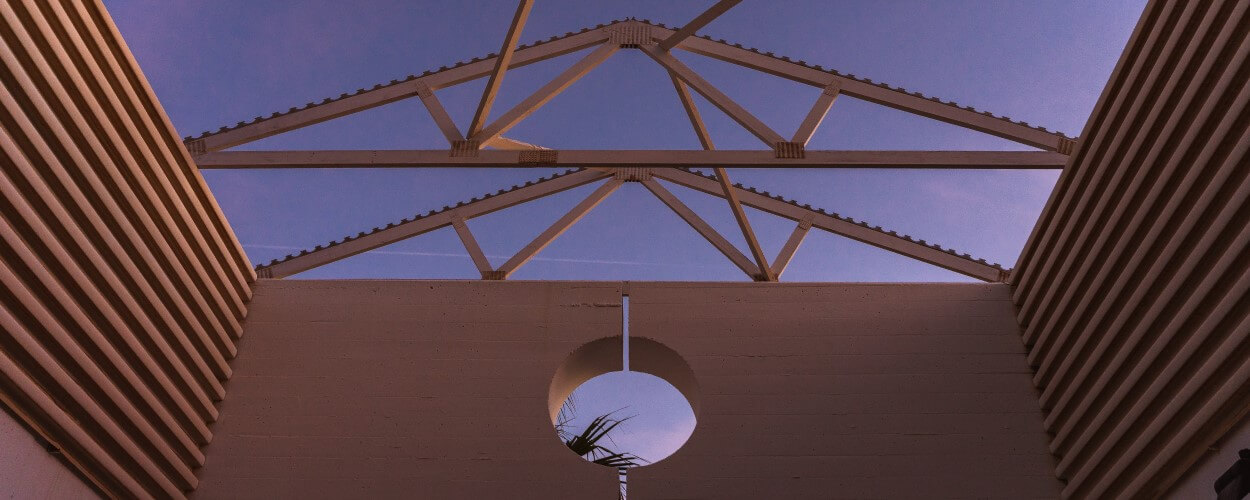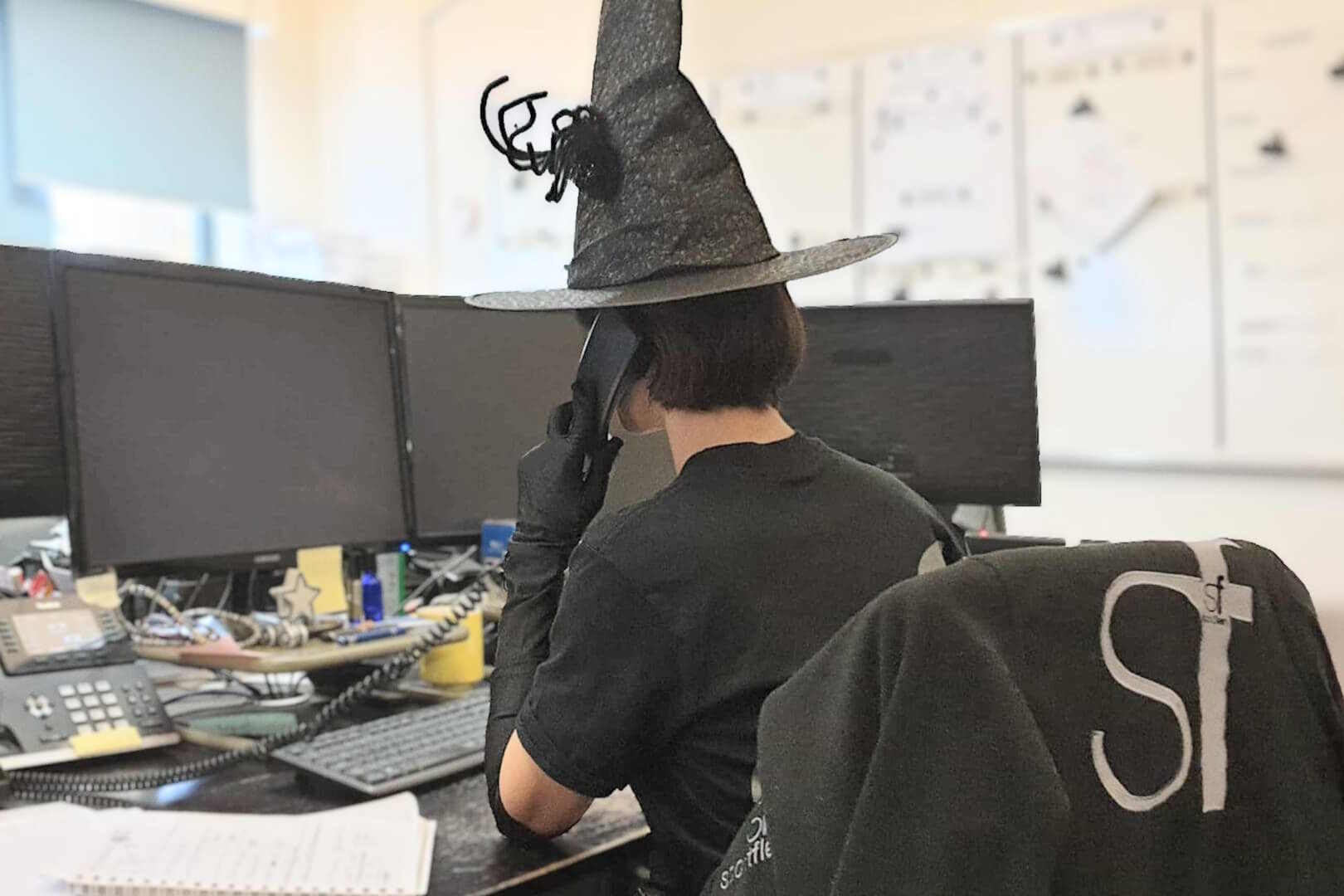How set design and architecture is becoming more real
How set design and architecture is becoming more real
The stage used to be the place where you’d go to see the most fantastical and otherworldly design that simply wasn’t available anywhere IRL. However, thanks to real world developments, whether that’s theme parks, statues and installations or the incredible theatrical design of Las Vegas, the boundaries between architecture in real life and the specifics of set design is becoming increasingly more blurred. As a result we are seeing set design with more reality and architecture blending a lot more fantastical design.
This a mix with a great deal of heritage
As far back as The Ancient Greeks and the Romans, as well as those who drove the evolution of the Renaissance and Baroque periods, there has always been a love for the idea of architecture as set design. You don’t have to look far to find a Greek temple or Renaissance church where this is reflected. After those creative periods in history ended, theatre became a place where radical aesthetic ideas could be expressed because there was no option to do that in the real world but all that has changed in recent years as the tools of technology and discovery of new materials have made so much more possible. As a result we are getting back to a place where architecture and set design are very much more intertwined.
Some interesting examples
Architects have begun to take advantage of the blurring of these boundaries and venture into new creative fields, expressing their talents on stage as well as solid ground. For example:
- Frank Gehry created crumpled paper sets for the opera Don Giovanni. He is probably best known for the Guggenheim Bilbao, which is as theatrical a piece of architecture as you’ll find anywhere in the world.
- Zaha Hadid designed the sets for Cosi Fan Tutte. She is also well known for creating buildings that dissolve the differences between rendering and reality.
- Herzog & de Meuron worked on Verdi’s Attila. Their sensual, curving real world structures – such as Beijing Olympic Stadium – have much more drama than your average building design.
- Jean Nouvel created the set design for the Marriage of Figaro. The work Nouvel did for The Louvre AbuDhabi is a unique blend of scenography and architecture.
- Thomas Heatherwick and Bjarke Ingels are renowned for their ability to take a big corporate construction and give it an element of pseudo-public play.
The experience economy
As we increasingly look towards experiential marketing and gamification, the experience economy is something that more and more people want to invest their time and money in. A gig is no longer just about listening to music but being entertained with all the senses and this translates to how your home or office makes you feel too. This is giving production designers much more licence to play with theatrical design on the stage and providing inspiration for architects to go there too, whether within the walls of an entertainment venue or on the street, creating the structures in which we live and work.
The boundaries between set design and architecture are becoming increasingly blurred – to the mutual benefit of both. To find out more about Scott Fleary set design agency get in contact today.
Still Have Questions?
Our friendly team is here to help you out.

